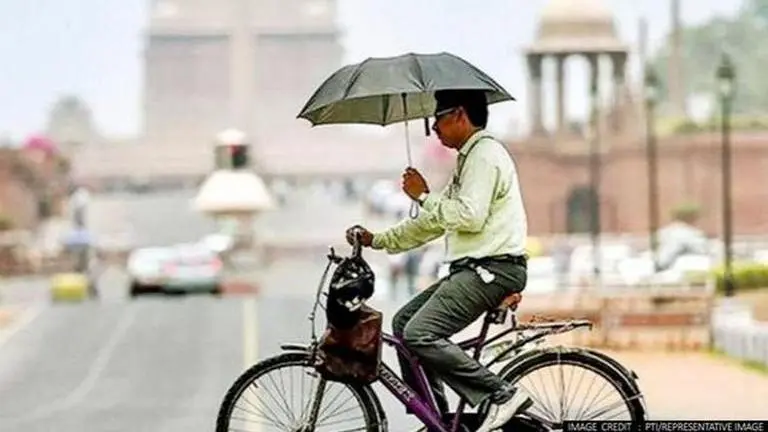Updated 9 September 2021 at 01:25 IST
Study discovers 3 new heatwave hotspots in India that can pose serious health risks; Read
Geologists have identified the spots by analysing long-term trends of heat waves and severe heat waves recorded between 1951 and 2016.
- Science News
- 2 min read

Where Asia has witnessed extreme cold during the last winter, a new study has now revealed the emergence of new heat wave hotspots in India that are likely to put a huge population at risk. Claimed by the study published in International Journal of Climatology, Geologists have identified the spots by analysing long-term trends of heat waves (HW) and severe heat waves (SHW) that were recorded across monthly, seasonal and decadal variations between 1951 and 2016.
What is a heatwave?
The Indian Meteorological Department defines a heatwave as conditions when temperatures during the day exceed 40 degree celsius and crosses the ideal range by 4.5 degree celsius. On the other hand, a heatwave is termed "severe" when the temperature crosses the ideal range by over 6.5 degree celsius.
Hotspots stretch from North-Western India to South
According to reports, experts observing the data have labelled North-Western, Central and South-Central India as new heatwave hotspots. The study showed that Madhya Pradesh has recorded the highest increasing trend in heat wave mishaps while the same has decreased significantly over the eastern region in the Gangetic plains of West Bengal. Besides, it showed that the deadly events were rapidly expanding over southern India in last few decades which have pushed a large population to vulnerability. The Ministry of Science and Technology in its statement said that the study focusses on the urgency to set up heat action plans in the recorded hotspots across India to save the inhabitants from different levels of vulnerability.
The concerning research was led by RK Mall, professor at Bharat Hindu University's (BHU), Mahamana Centre of Excellence in Climate Change Research (MCECCR), as per news reports. Meanwhile in a contrasting event, the Asian subcontinent has consistently experienced extreme temperatures during winters since the 1990s, as reported by a study published in the journal 'Science'.
Advertisement
Winters in Asia
The observations published by 'Science' showed that winters across regions have not weakened owing to the melting of Arctic glaciers. As strange as it may sound, researchers relate this contradictory phenomenon to a process called Stratospheric polar vortex (SPV) disruption that brings cold winds from the Earth's pole towards Asia and North America.
IMAGE CREDIT: PTI/REPRESENTATIVE IMAGE
Advertisement
Published By : Harsh Vardhan
Published On: 9 September 2021 at 01:25 IST
